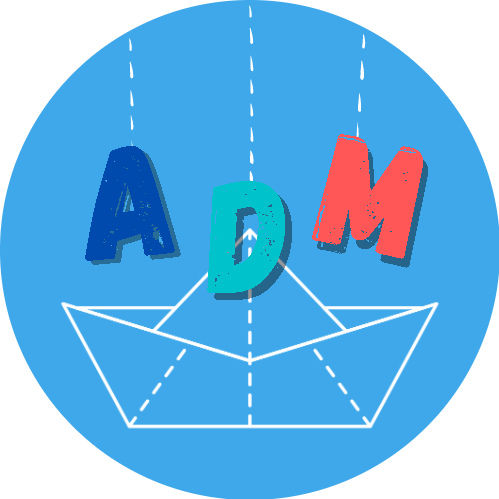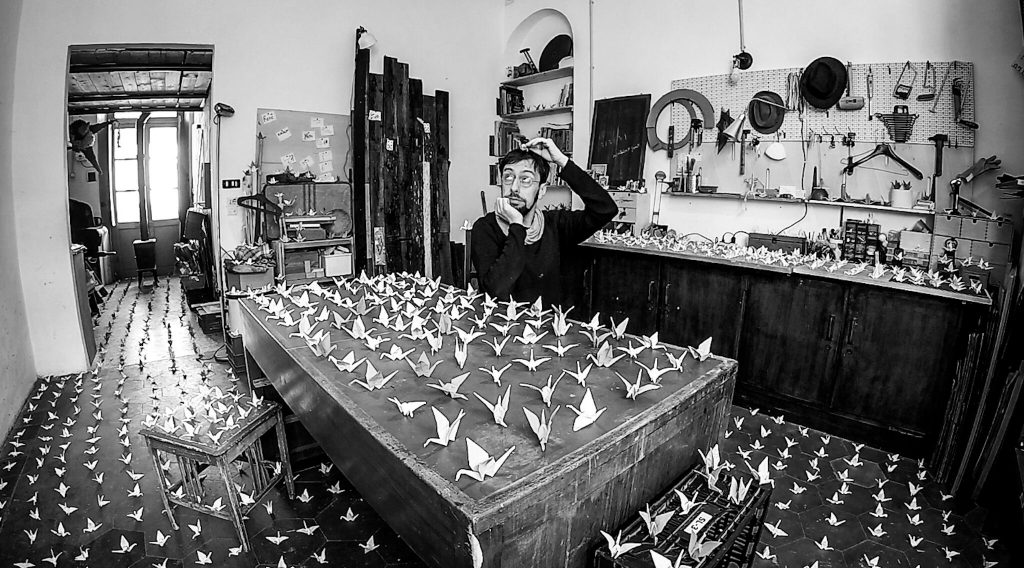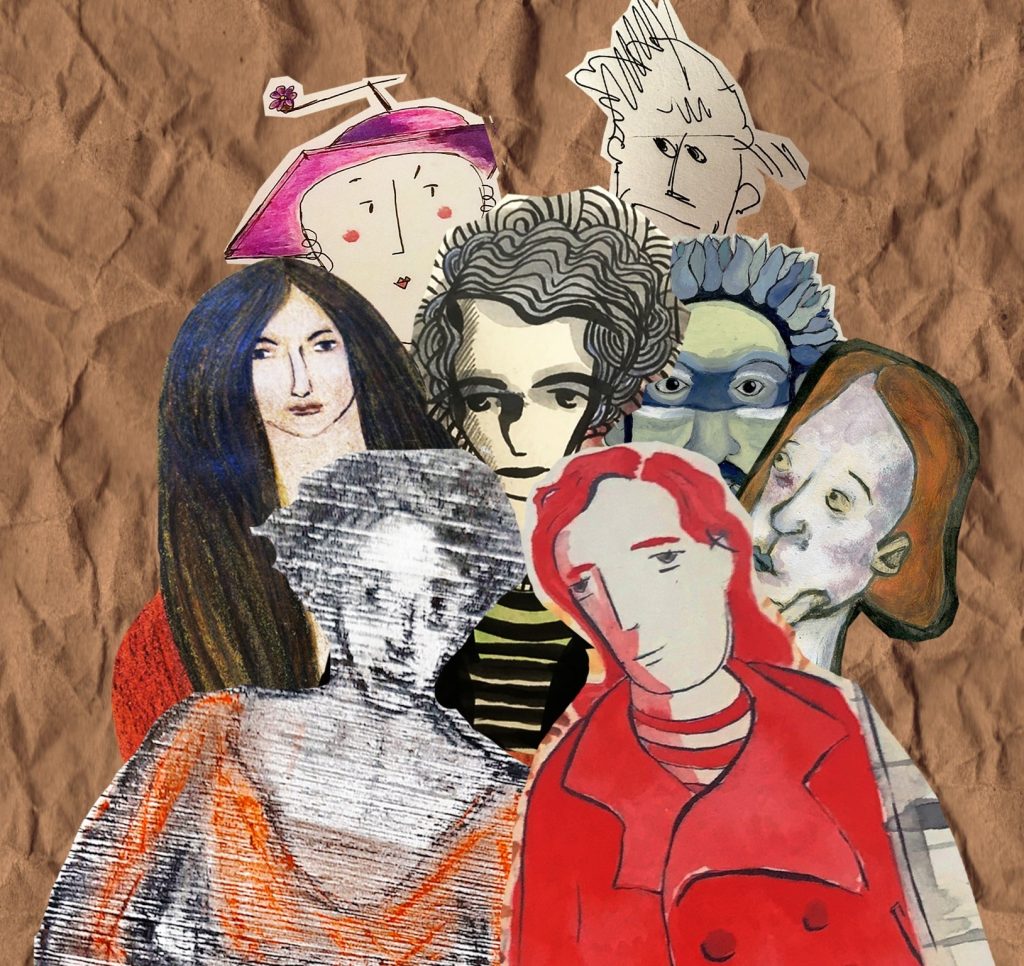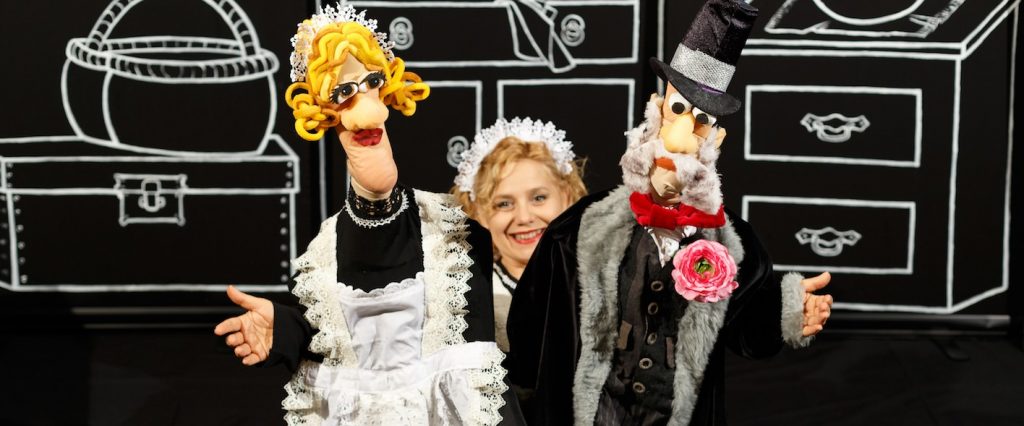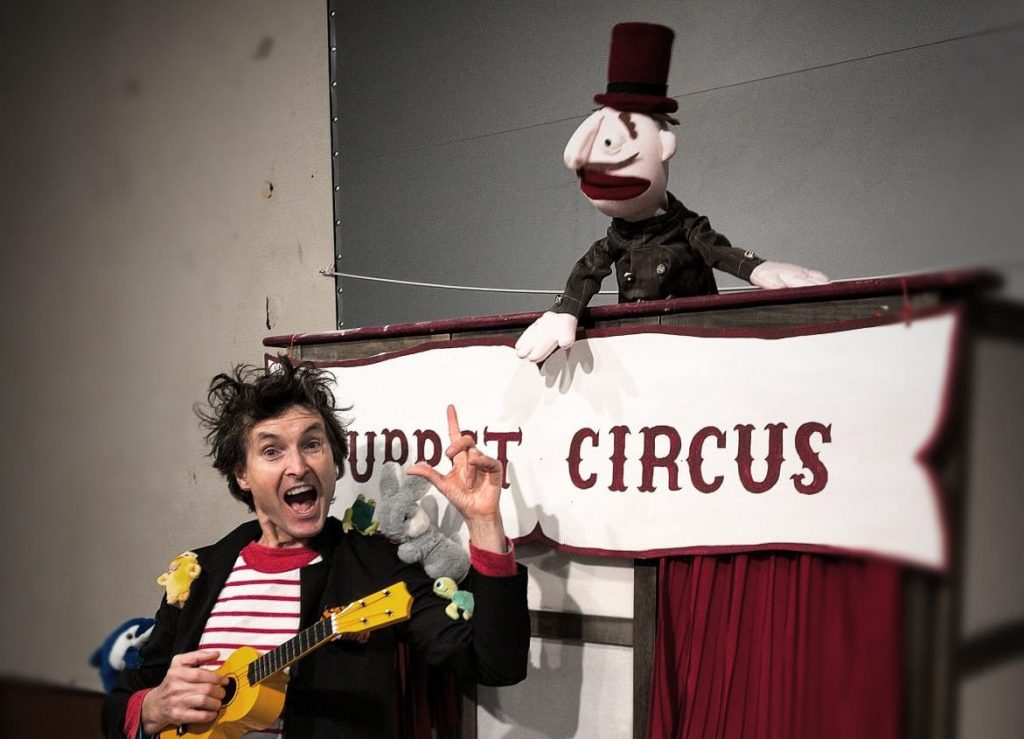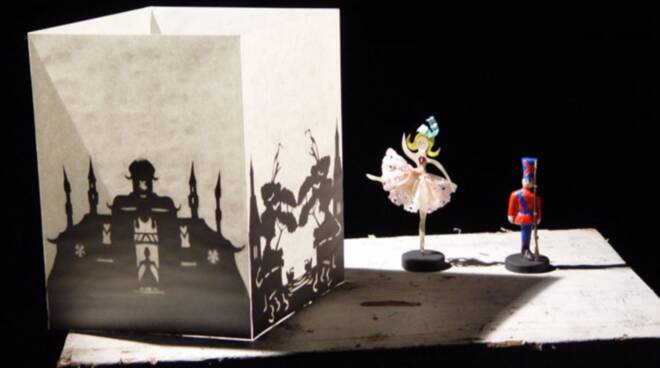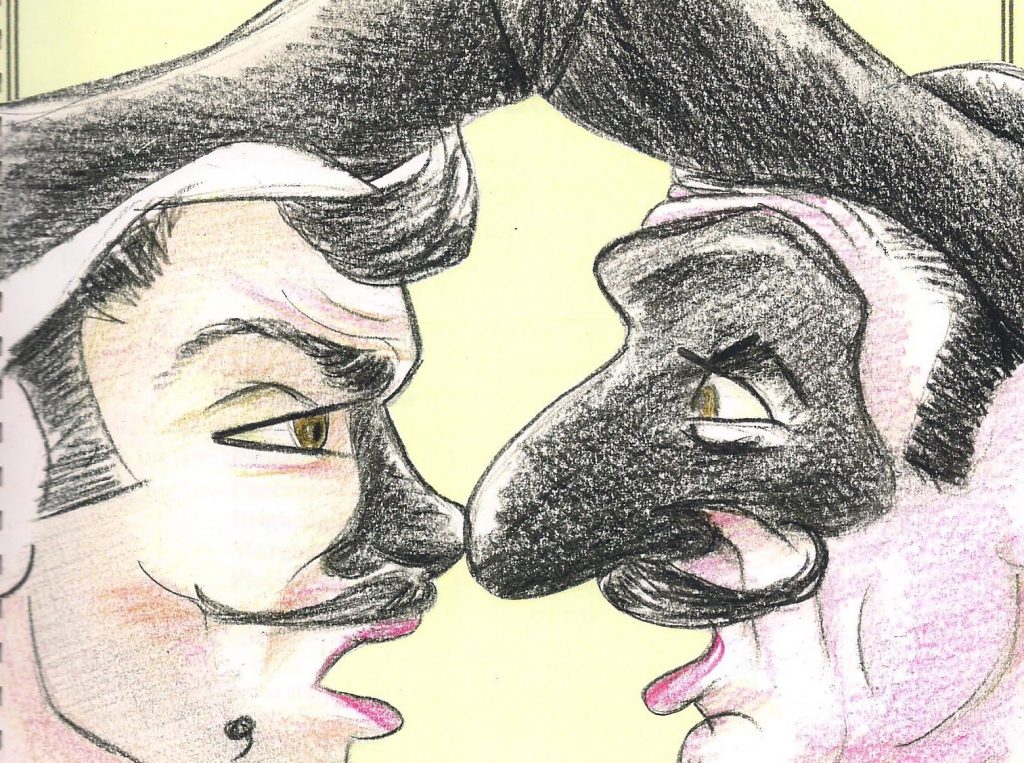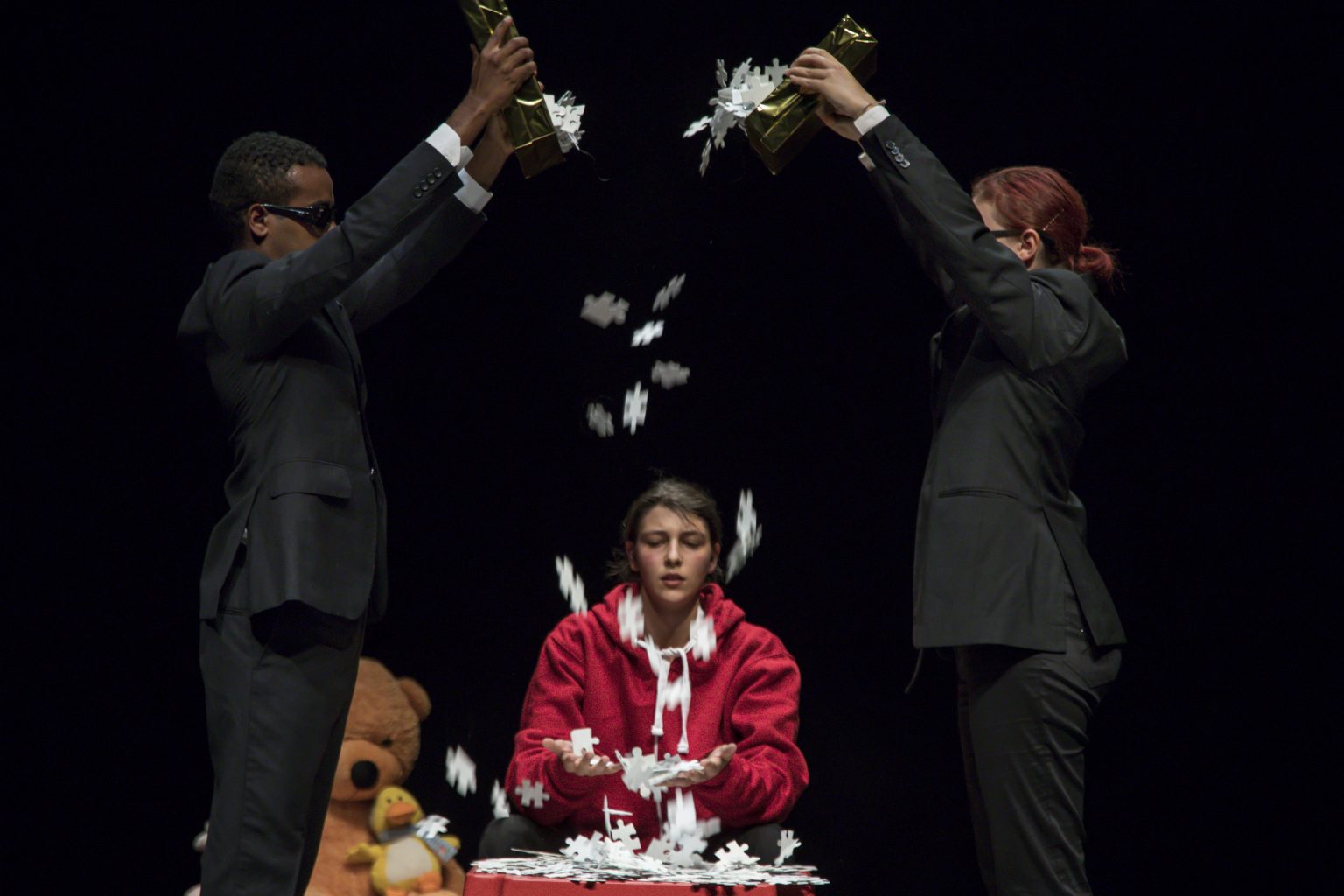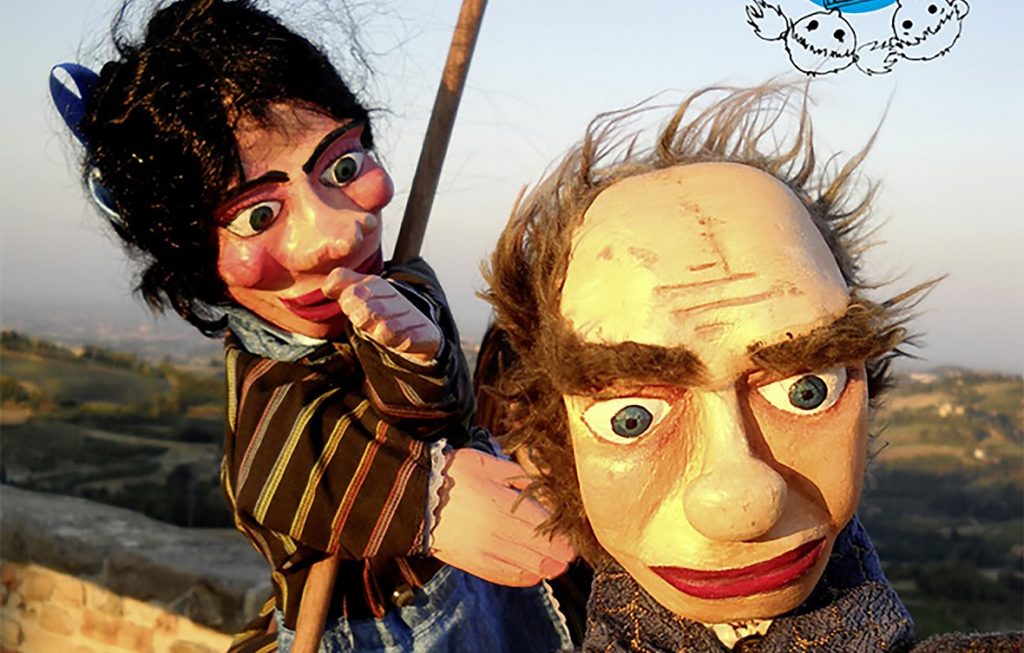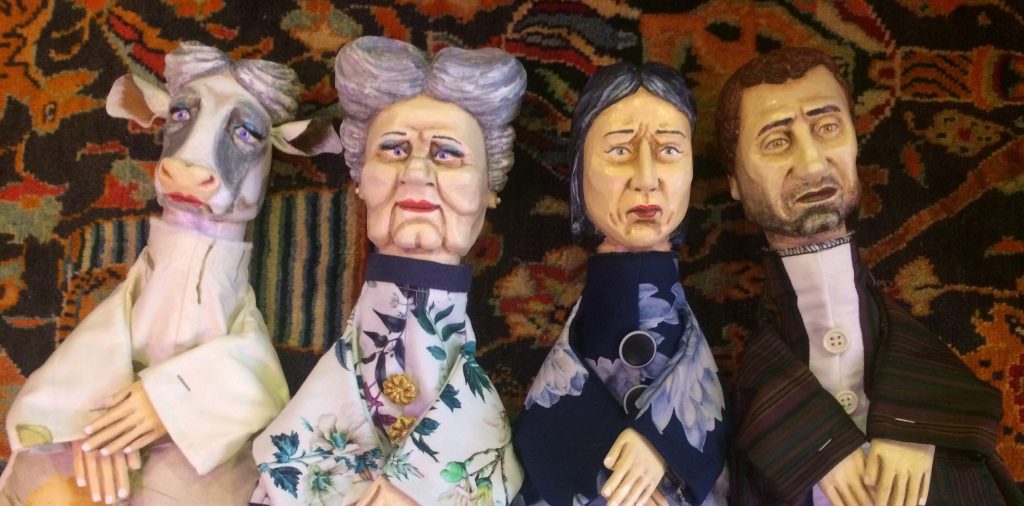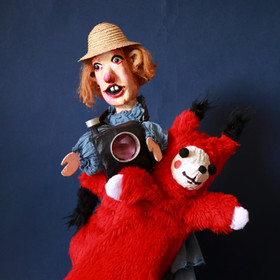IL TEATRO NELLE MANI
Burattini,
una grammatica antica specchio dei tempi.
Progetto a cura
di Stefano Giunchi e Alfonso Cipolla
22 e 23 Settembre, ore 09,30 – Gambettola, Sala Fellini
Il Teatro nelle Mani è il progetto clou di questa XLI edizione del Festival Internazionale Arrivano dal mare!: porta a compimento un percorso di ricerca ormai decennale sugli ele- menti costitutivi e strutturali del linguaggio burattinesco.
Un linguaggio universale
La drammaturgia dei burattini deriva da una predisposi- zione naturale delle mani umane (il pollice opponibile), da un conseguente linguaggio universale e immediato, da grammatiche di base dei movimenti, coniugate con le diverse culture dei Paesi che hanno sviluppato questa particolarissima forma di teatro.
Un teatro sempre contemporaneo
L’occhio del burattinaio, storicamente, guarda al teatro del suo tempo: dalla Commedia dell’Arte, alla prosa, all’opera lirica, alla narrazione popolare, alla cronaca nera, oggi al cinema, alla “rete” e alla televisione.
Quelli che vengono definiti “burattini tradizionali” (fatti cioè alla moda antica), possono essere modernissimi e al passo con il pubblico contemporaneo.
Un’arte, dalla struttura di base così semplice e combina- toria, reinventa continuamente nuovi personaggi in cui gli spettatori si identi cano, con la complicità e la forza delle lingue e dei dialetti.
Personaggi che nascono e rinascono continuamente
Questa produzione di personaggi continua ha avuto un momento d’oro alle soglie dell’Ottocento con Gerolamo, Gianduja, Guignol, Fagiolino, Gioppino, Vasilache e molti altri, per continuare nella seconda metà dell’Ottocento e nei primi del Novecento, con Sganapino, Tilella Català, Laszlo Vitez, Bargnocla…
Dagli anni ’70 ad oggi, la produzione di personaggi e di storie è ripresa, in Italia, con nuovissimi protagonisti, Pirù, Pin Girometta, Areste Paganos, Spazzolino, Tavà, la reinvenzione di Stenterello dei Pupi di Stac, ecc.
Un progetto speciale, fatto di spettacoli, colloqui e una mostra.
Il Progetto “Il Teatro nelle Mani” mira a evidenziare questa vitalità dei burattini e la loro forza di rigenerazione continua. Si articola in tre momenti strettamente connessi fra loro:
- una Mostra, Neo-nati dalle mani, dove vengono esposti, per la prima volta, i personaggi del teatro dei burattini generati nelle baracche, dagli inizi dell’Ottocento ad oggi.
- una Rassegna di spettacoli, di forte presa sul pubblico, scelti tra i migliori esempi (in diverse epoche) della forza comunicativa dei burattini testimoni della loro “contemporaneità”.
- un Colloquio Internazionale, aperto al pubblico, dove si alternano dimostrazioni di artisti e comunicazioni di studiosi.
Seguite il verde
Il pubblico può facilmente seguire gli spettacoli o le dimostrazioni e gli interventi del Colloquio Internazionale o visitare la mostra, cercando nel Programma cartaceo il colore VERDE.
